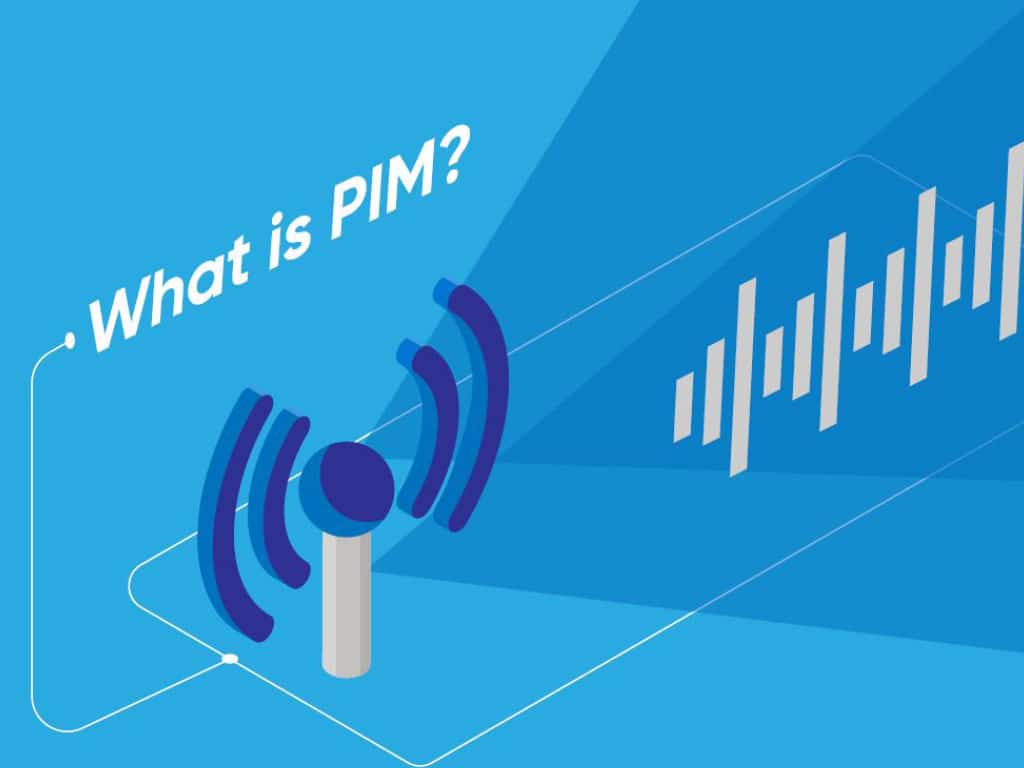Solutions for Low PIM Applications Webinar
Solutions for Low PIM Applications Webinar Summary This presentation, Solutions
PIM is an issue for most wireless systems, especially cellular applications like 5G
Short for passive intermodulation, PIM is a type of distortion/noise generated by two or more high power signals interacting with non-linear characteristics in the RF path. Essentially, when two or more high power frequencies exist on the same RF interconnect, there is the chance to form additional frequencies which will raise the noise floor.
Cables, connectors and termination workmanship can all play a role in PIM performance as PIM will occur as the result of non-linear junctions of materials and components. In other words, junctions where current does not increase linearly with voltage.
While PIM is an issue for almost every wireless system, it is more noticeable in cellular applications such as 5G because the frequency bands used are very close to each other. PIM can create interference that limits receive sensitivity, lowering the cellular system’s reliability, data rate, and capacity. Passive intermodulation issues can result in decreased system capacity and data rates and dropped calls.
The need for RF interconnect solutions that can accommodate these critical connections while minimizing PIM will continue to grow. Ensuring connectors are properly and securely tightened and choosing suitable materials and platings help reduce PIM issues. Next, eliminate any nonlinear contacts within the RF interconnect and any poor electrical contacts. PIM issues can be caused by ferrous materials, loose parts, parts with rough surfaces, oxidation, residual flux, etc. If conductive material is used, particulate on the face of the dielectric or within the interface itself will cause problems and may move directly on the connectors when installed.
In the telecom industry, it is relatively standard to test for the for the magnitude of the 3rd harmonic created by the placement of two 20 watt signals onto the RF interconnect. A PIM level requirement of -153 dBc or better is fairly standard in the industry. At Times Microwave Systems, we design and test our low PIM jumpers to perform to -160 dBc or better.

There are two types of PIM tests performed. The first test is a static test (no movement of the cable). If the proper materials and platings are used and all of the threaded connections are properly tightened, this is a fairly easy bar to meet. The second test is a dynamic test, where the connectors are tapped to detect any conductive particles within the interface and the cable is flexed or side-loaded behind each of the connectors. The dynamic test is a much higher bar to meet. The flexing of the cable will transmit a force to the electrical transition between the cable and the connectors and detect any non-linear contact within the transition.
Times Microwave performs 100% static and dynamic testing on all our RF interconnects. We keep those tests curves on our website for access later and put that data right on the cables.
Not sure what you're looking for? Unable to find what you need? Get in touch with our team of experts who can help guide you towards a solution.
PhaseTrack® cable assemblies are designed for applications demanding minimal phase change over temperature. All PhaseTrack cables use a proprietary TF4™ dielectric that does not have the abrupt shift in the phase that occurs with solid- or tape-wrapped PTFE-based products under normal room ambient temperature conditions.
The SpaceFlight product line embodies the critical requirements necessary for reliable performance in space. Our proprietary material conditioning and vacuum testing of assemblies ensure outgassing is minimized to meet NASA standards ASTM E‐595.
TCOM® is a UV-resistant polyethylene jacketed cable designed for 20-year service outdoor use. The bending and handling characteristics are significantly better than any air-dielectric and corrugated hardline cables.
TFT-5G assemblies are ultra-flexible, plenum & outdoor, PIM-rated coaxial cable assemblies. Capable of performance up to 6 GHz, these cables are well suited for many 5G applications such as wireless networks, satellite communications, and machine-to-machine controls.
Interested in receiving email newsletters and other updates from Times? Subscribe now!